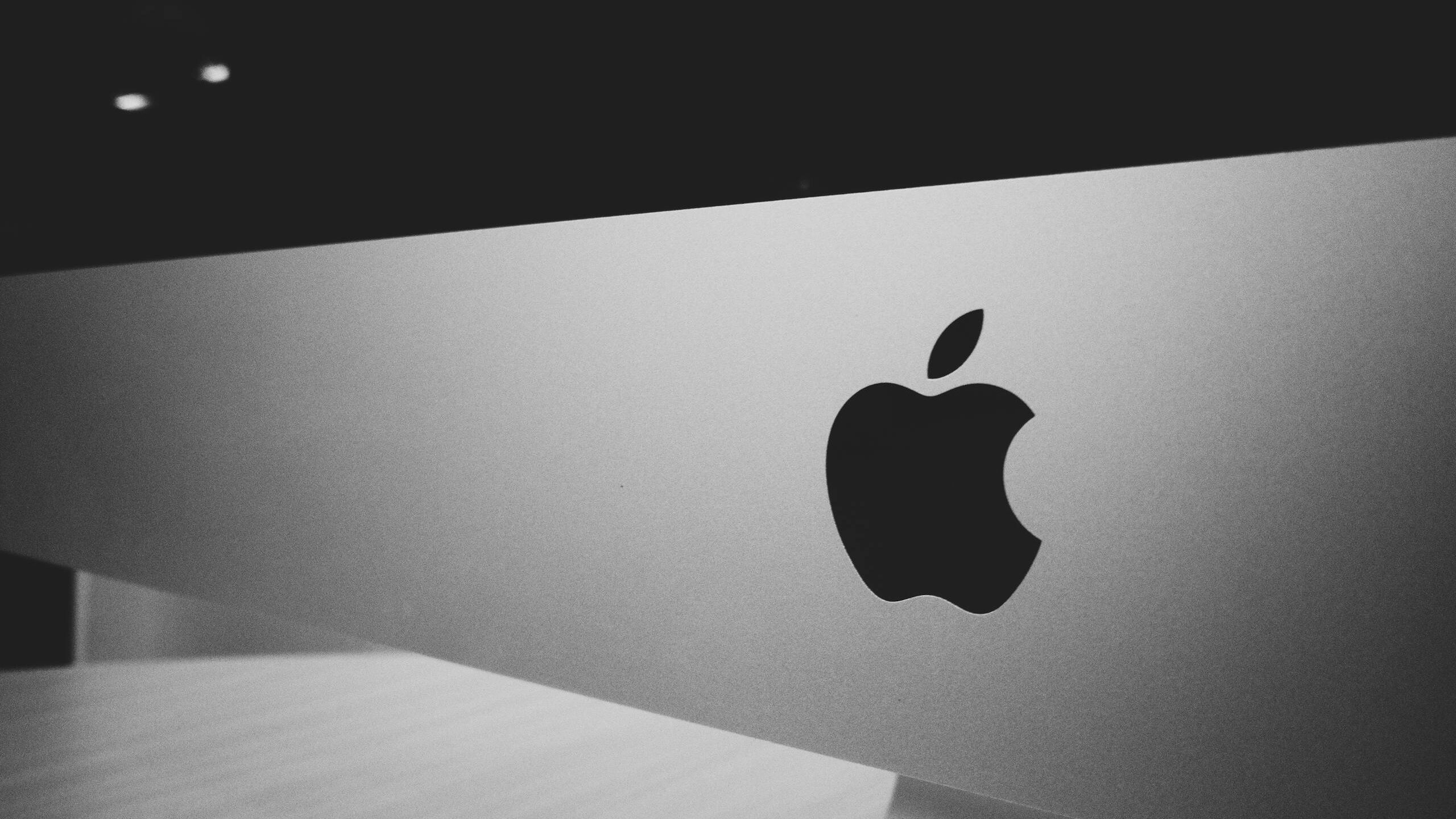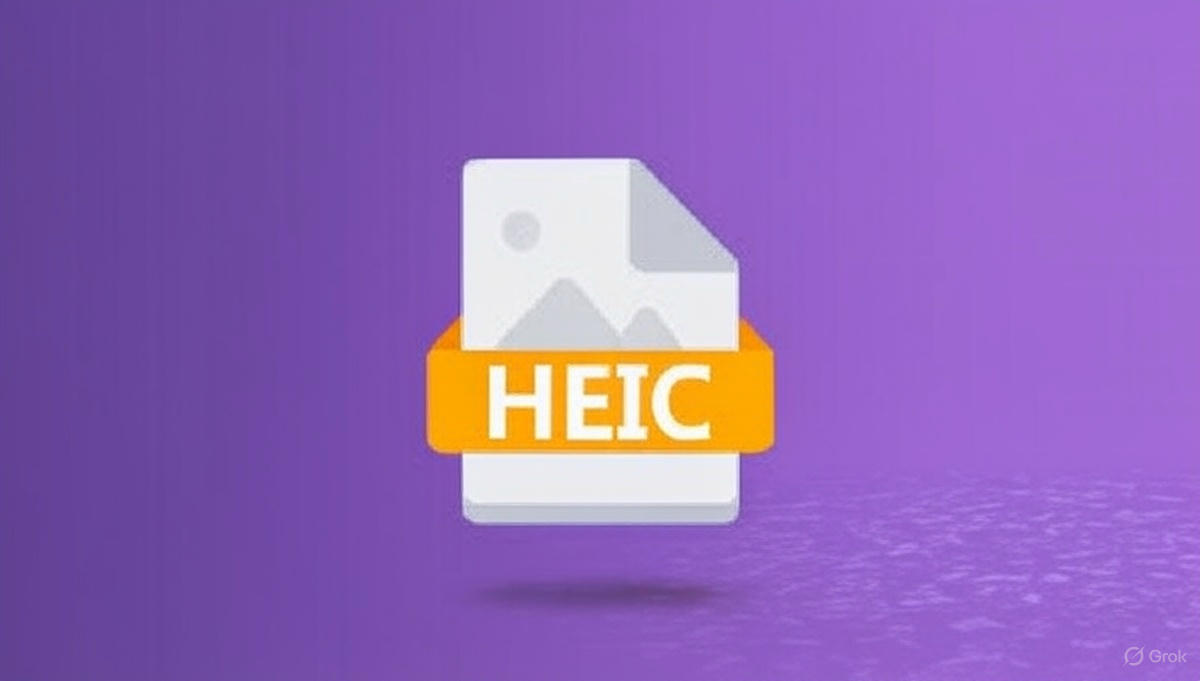Apple is known for prioritizing innovation over tradition, often reshaping industry standards in the process. A prime example of this is its adoption of the HEIC (High-Efficiency Image Container) format for photos. If you’ve noticed your iPhone saving photos as HEIC instead of the familiar JPEG format and wondered why Apple made this switch, you’re not alone.
This article dives into what HEIC is, how it works, why it outshines JPEG, and Apple’s motivations for choosing it. We’ll also address potential compatibility issues and explore what the future might hold for this revolutionary format.
What is HEIC?

HEIC, which stands for High-Efficiency Image Container, is a modern image format developed by the MPEG (Moving Picture Experts Group). It acts as a container for HEIF (High-Efficiency Image Format) photos, designed to store images efficiently by reducing file size without sacrificing quality.
Apple introduced HEIC in 2017 alongside iOS 11 and macOS High Sierra, aligning with its goal to enhance performance and efficiency across its ecosystem. Built on the HEVC (High-Efficiency Video Coding) standard, renowned for its superior compression technology, HEIC is a significant upgrade to the decades-old JPEG format. It addresses JPEG’s limitations while unlocking new possibilities for photo storage and editing.
Learn about history of HEIC: Wikipedia
Why HEIC is Better Than JPEG
HEIC stands out for several reasons, offering a range of technical benefits that make it superior to JPEG:
1. Advanced Compression with Zero Quality Loss
HEIC uses cutting-edge compression algorithms, allowing photos to take up roughly half the storage space of a JPEG image—without compromising quality. This means you can store twice as many photos on your device or iCloud without worrying about running out of space.
2. Support for Enhanced Features
HEIC introduces capabilities that JPEG can’t match, such as:
- Transparency: Similar to PNG files, HEIC supports transparency.
- Non-Destructive Editing: HEIC files can store multiple edits and layers within the same file, making it easy to undo or re-edit without duplicating the image.
- Animations: HEIC can house multiple images in one file, supporting animations like Live Photos.
3. Richer Colors
While JPEG supports 8-bit color depth (16 million colors), HEIC supports 10-bit color depth, offering over 1 billion colors. This richer color palette enhances image vibrancy, especially on modern high-definition displays.
4. Efficient Metadata Storage
HEIC efficiently stores metadata, such as geolocation and exposure settings, without inflating file size. This is particularly useful for photographers and enthusiasts who rely on detailed image data.
Why Did Apple Switch to HEIC?

Apple’s decision to move away from JPEG reflects its commitment to efficiency, user experience, and forward-thinking innovation. Here’s why the company embraced HEIC:
1. Maximizing Storage Space
With every iPhone upgrade, camera quality improves, resulting in larger photo file sizes. HEIC helps Apple address the storage challenge, especially since iPhones don’t offer expandable memory. A 12-megapixel HEIC photo, for instance, takes up around 1.5MB, compared to 3MB for the same photo in JPEG format. The savings are substantial—particularly for users who capture hundreds of photos monthly.
2. Seamless Ecosystem Integration
Apple ensures that HEIC works smoothly across its ecosystem, from iPhones and Macs to iCloud. This integration makes sharing, editing, and storing HEIC images hassle-free. Lighter file sizes also mean faster uploads and downloads, improving overall performance.
3. Future-Proofing Technology
JPEG, while widely supported, is a nearly 30-year-old format that struggles to meet modern demands. HEIC positions Apple for the future by embracing a format designed for higher-quality visuals and greater efficiency.
Compatibility Challenges (And How to Overcome Them)
Despite its advantages, HEIC has yet to achieve universal adoption, leading to some compatibility issues. Here’s how to handle them:
Common Issues
- HEIC to JPEG Conversion: Certain platforms and apps still don’t support HEIC, requiring manual file conversion.
- Limited Third-Party Support: Some social media platforms or editing tools may not recognize HEIC images.
Easy Solutions
- Automatic Conversion: On your iPhone, go to Settings > Photos > Transfer to Mac or PC and select “Automatic.” This ensures HEIC photos are converted to JPEG when transferring to non-Apple devices.
- Online Converters: Websites like heictojpg.com allow quick and easy file conversions.
- Batch Conversion Tools: Software like Adobe Lightroom or Photoshop enables bulk conversions while maintaining quality.
Encourage Updates
Many modern operating systems, including Windows 10 (with a codec), now support HEIC. Encouraging your contacts to update their devices can eliminate compatibility headaches.
The Future of HEIC
As adoption grows, HEIC is poised to become an industry standard. Here’s what to expect:
1. Broader Support
Platforms like Android and Windows are gradually adding HEIC compatibility, and widespread adoption will likely eliminate most interoperability issues.
2. Enhanced Capabilities
HEIC’s advanced design positions it to handle future demands, including higher resolutions, augmented reality (AR), and immersive 3D media.
3. Potential Competition
While HEIC is leading the charge, other formats like AVIF are emerging as competitors. However, Apple’s wide user base gives HEIC a significant edge in shaping the future of image formats.
Is HEIC the Future of Photography?

Apple’s switch to HEIC marks a significant step forward in how we capture, store, and share images. Its advantages—smaller file sizes, superior image quality, and enhanced features—are hard to ignore. While initial compatibility challenges exist, solutions are readily available, making the transition smoother for users.
For Apple users, HEIC represents the next evolution of photography, offering a smarter, more efficient way to manage images. And as more platforms adopt the format, HEIC may well become the global standard.
If you’re facing issues with HEIC, try the tips mentioned here and enjoy the benefits of this innovative format. After all, who wouldn’t want stunning photos that save
Checkout Our Tool to convert heic to png

Leave a Reply